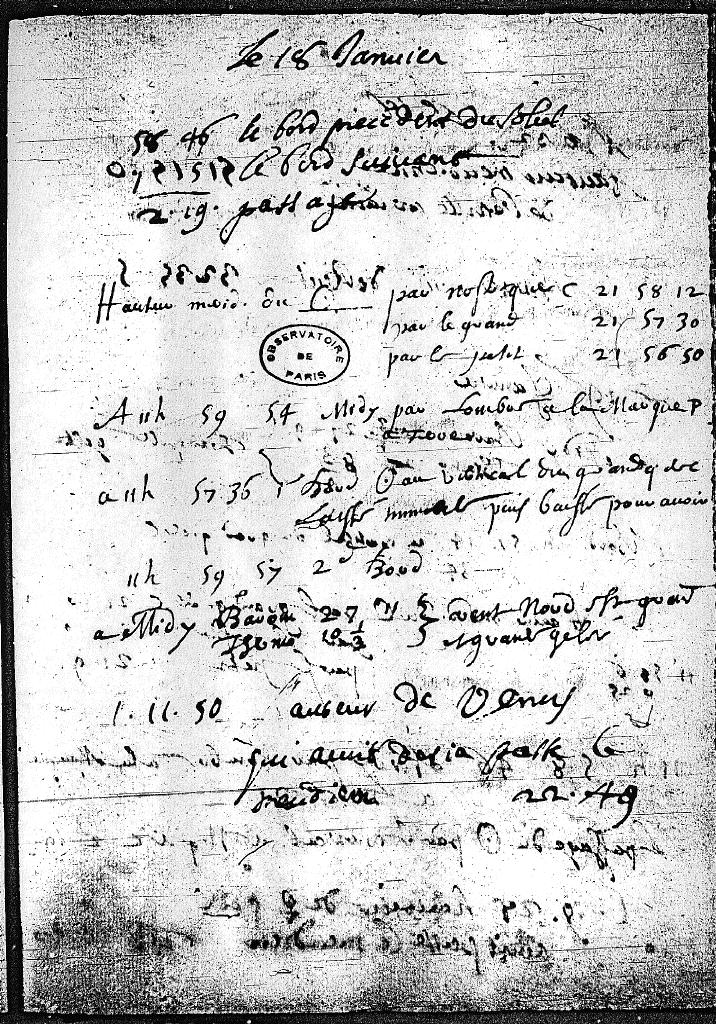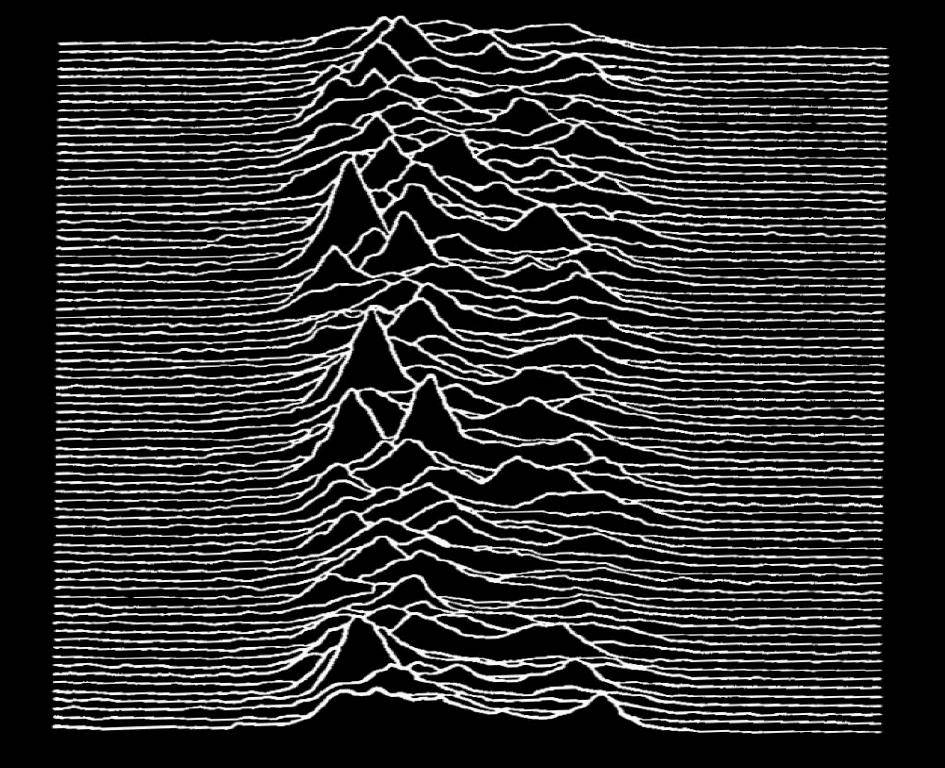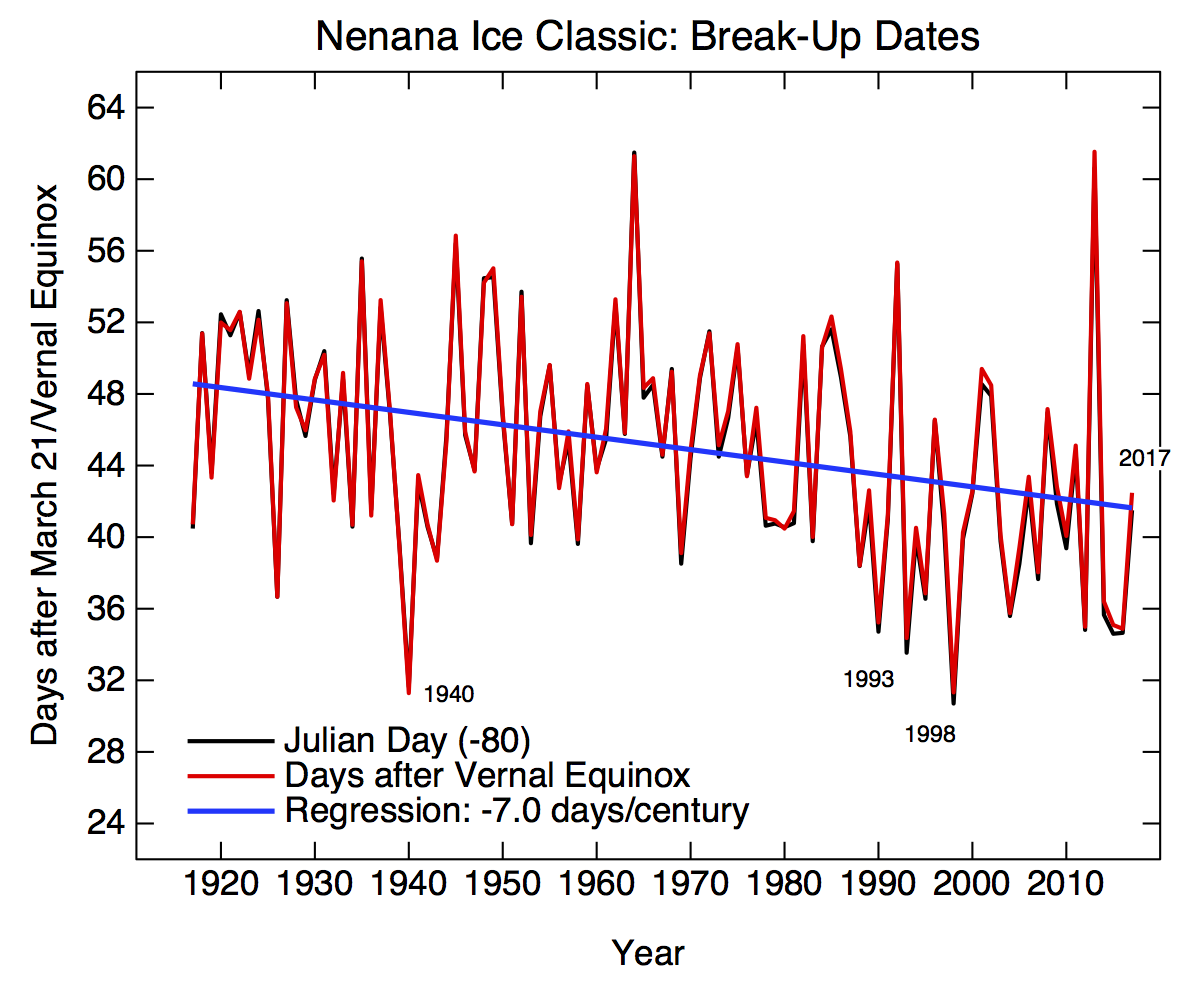It’s often been said that while we can only gather new data about the planet at the rate of one year per year, rescuing old data can add far more data more quickly. Data rescue is however extremely labor intensive. Nonetheless there are multiple data rescue projects and citizen science efforts ongoing, some of which we have highlighted here before. For those looking for an intro into the subject, this 2014 article is an great introduction.

Weather diary from the the Observatoire de Paris, written by Giovanni Cassini on 18th January 1789.
I was asked this week whether there was a list of these projects, and with a bit of help from Twitter, we came up with the following:
- Old Weather (@oldweather)
- Weather Detective (closing soon)
- Weather Rescue
- NOAA Climate Database Modernization Program
- New Zealand (@DeepSouth_NZ)
- The International Environmental Data Rescue Organization (IEDRO)
- Atmospheric Circulation Reconstruction over the Earth (@met_acre)
- The International Data Rescue Portal (i-Dare)
- Met Éirann (poster)
- Historical Climatology (list of more databases)
- Data Rescue at home
- Historical Canadian data
- SE Australia Recent Climate History (no longer active?)
- Congo basin eco-climatological data recovery and valorisation (COBECORE)
- The climate and environmental history collaborative research environment (Tambora)
(If you know of any more, please add them in the comments, and I’ll try and keep this list up to date).
 This is joy as in ‘Joy Division’, not as in actual fun.
This is joy as in ‘Joy Division’, not as in actual fun. 